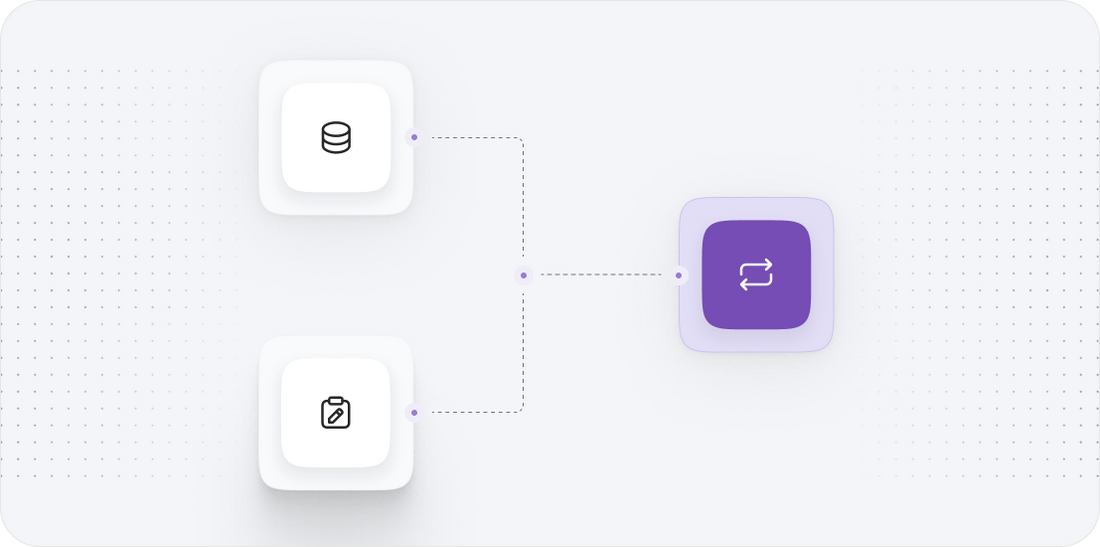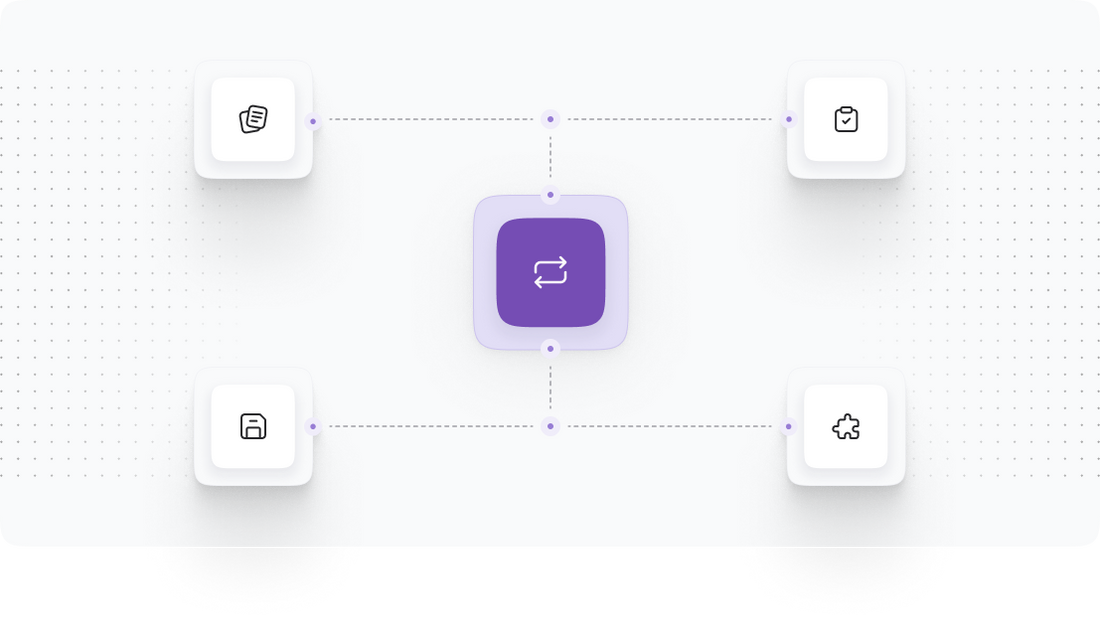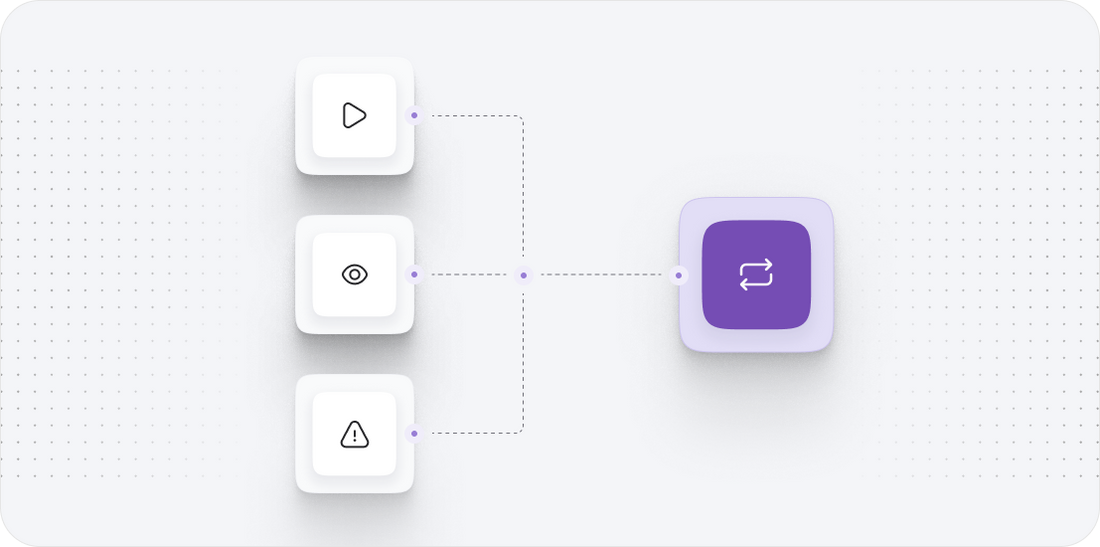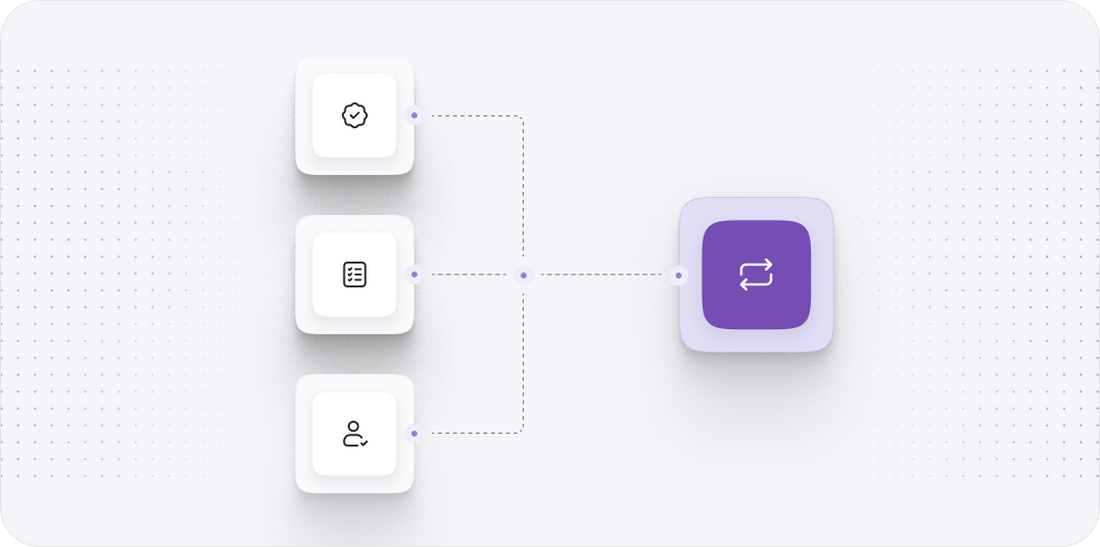





Magento to Prestashop
Migrating your store from Magento to Prestashop might seem daunting, but with proper planning and the right tools, it's a smooth process. Follow this step-by-step guide to ensure a successful transition.
Schedule a call
Step-by-Step Migration Guide: Magento to PrestaShop Migration Guide
Step 1: Prepare Your Magento Store for Migration
Before beginning the migration process, we need to ensure our Magento store is ready. This includes backing up data, ensuring all products and customer data are intact, and preparing for the transition to PrestaShop.
Step 2: Choose Your Migration Method
Deciding how to perform your migration is critical. We can either choose to migrate manually or use automated tools to facilitate the process. Each method has its advantages.
Step 3: Export Data from Magento
We will now export our data from Magento. This involves exporting the necessary product, customer, and order data that will be imported into PrestaShop.
Step 4: Prepare Your PrestaShop Store
Before importing data, we need to prepare our PrestaShop store. This includes installing necessary modules, configuring settings, and ensuring that the target environment is ready.
Step 5: Import Data to PrestaShop
Now that we have our data exported from Magento and our PrestaShop store prepared, it’s time to import the data into PrestaShop.
Step 6: Verify Data Integrity
After the import, we must verify that all data has been transferred correctly. This involves checking for any missing or incorrect information in our PrestaShop store.
Step 7: Launch Your PrestaShop Store
After verifying that everything is in order, we can now launch our PrestaShop store. This involves making the store live and monitoring its performance after the migration.
Power Your Step - Get in Touch
Ready to migrate your store from Magento to PrestaShop? Let our experts at PowerCommerce guide you through a seamless migration process.
Step 1: Prepare Your Magento Store for Migration
Preparing your Magento store for migration is crucial to ensure a smooth transition to PrestaShop. The first step involves creating a comprehensive backup of your store's data. This backup will serve as a safety net in case of any unforeseen issues during the migration process.
To backup your Magento data, follow these steps:
- Log in to your Magento admin panel.
- Navigate to System > Tools > Backup.
- Select the type of backup you want to create (Full, Database, or System).
- Click Backup to initiate the process and wait for it to complete.
Once the backup is complete, download the backup files to your local storage for safekeeping.
Next, verify that all your products, customer data, and order histories are in good standing. You can do this by checking:
- Products: Ensure all product details like names, prices, and descriptions are correct.
- Customers: Confirm that all customer accounts and associated data are accurately recorded.
- Orders: Review past orders to ensure they are properly logged.
Having a complete backup and verified data will simplify the migration process and minimize data loss risks.

Step 2: Choose Your Migration Method
The next step is to decide on the method of migration. There are two primary options: manual migration or using automated migration tools. Each method comes with its own set of advantages and disadvantages:
- Manual Migration: This method involves exporting data from Magento and importing it into PrestaShop using CSV files. While it provides full control over the data and its structure, it can be time-consuming and prone to human error.
- Automated Tools: Using tools like Cart2Cart or LitExtension can significantly streamline the migration process. These tools automate the transfer of data, minimizing errors and saving time. They are particularly useful for larger stores with extensive product catalogs and customer data.
For most users, especially those with larger stores, we recommend using an automated migration tool for a more efficient and secure process.

Step 3: Export Data from Magento
Once you've selected your migration method, the next step is to export your data from Magento. This includes products, customers, and orders. Follow the steps below to export your data:
- Log into your Magento admin panel.
- Navigate to System > Import/Export > Export.
- Select the data entity you want to export (e.g., Products, Customers, Orders).
- Choose the export format (CSV is usually preferred).
- Click Export to download the data file.
Repeat this process for each data entity you want to migrate. Ensure that you keep all exported files organized and properly named for easy identification during the import process to PrestaShop.

Step 4: Prepare Your PrestaShop Store
Before importing data into PrestaShop, we must prepare the target environment. This preparation involves several key tasks:
- Install PrestaShop: Ensure that PrestaShop is installed on your chosen hosting environment. Configure your store settings, including payment gateways and shipping methods.
- Install Necessary Modules: Depending on your business needs, you may want to install specific modules to enhance the functionality of your PrestaShop store. This can include SEO modules, payment processors, and shipping modules.
- Set Up Store Preferences: Customize your store settings in PrestaShop. Check that your currency settings, language options, and tax settings are correctly configured to match your Magento store's operations.
By preparing your PrestaShop store, you ensure that the environment is ready to receive the data from Magento without any issues.

Step 5: Import Data to PrestaShop
With your data exported and your PrestaShop store prepared, the next step is to import the data into PrestaShop. Follow these steps to ensure a successful import:
- Log in to your PrestaShop admin panel.
- Navigate to Advanced Parameters > Import.
- Select the type of data you want to import (Products, Customers, Orders).
- Upload the CSV file you exported from Magento.
- Map the fields from your CSV file to the corresponding fields in PrestaShop to ensure data integrity.
- Click Import to initiate the process.
After importing each type of data, it is essential to check for any discrepancies or issues. Review the imported data to confirm that all products, customers, and orders have been accurately transferred.

Step 6: Verify Data Integrity
Once the data import is complete, verifying the integrity of the migrated data is crucial. This step helps ensure that your PrestaShop store functions correctly and that all information is accurate. Here's how to verify the data:
- Products: Check that all product details, including images, prices, and descriptions, are intact and correctly displayed.
- Customers: Review customer accounts to ensure that all details, including names and addresses, have been accurately imported.
- Orders: Verify order histories to ensure that all past orders are correctly logged, including order status and product details.
- Test Functionalities: Conduct tests on essential functionalities such as checkout, payment processing, and customer login to ensure everything operates smoothly.
Document any discrepancies or issues you encounter, and address them accordingly to ensure a seamless shopping experience for your customers.

Step 7: Launch Your PrestaShop Store
With all data verified and any necessary adjustments made, it is time to launch your PrestaShop store. Follow these steps to ensure a successful launch:
- Finalize Settings: Double-check all store settings, including payment processors, shipping methods, and tax configurations, to ensure they are correctly set up for your customers.
- Go Live: Remove any maintenance mode settings, and make your store accessible to the public. Announce the launch through email newsletters and social media channels to inform your customers.
- Monitor Performance: After launch, monitor your store's performance closely. Check for any issues related to traffic, loading speeds, or customer feedback.
- Be Prepared for Adjustments: Be ready to make quick adjustments based on customer interactions and feedback to enhance their shopping experience.
Launching your PrestaShop store marks the conclusion of the migration process. However, ongoing monitoring and adjustments will be essential for continued success.

Power Your Step - Get in Touch
If you're considering migrating your store from Magento to PrestaShop, we at PowerCommerce are here to help. Our team of experts specializes in eCommerce migrations, ensuring a smooth transition and minimal downtime for your business.
Here’s how you can get in touch with us:
- Fill out our contact form to schedule a consultation.
- Call us directly at 800-099-9090 for immediate assistance.
- Email us at info@powercommerce.com with your migration needs and questions.
Don’t let the complexities of migration hold you back. Contact PowerCommerce today and let us power your eCommerce journey!
Stay aligned on what's happening in the commerce world
Trusted by 1000+ innovative companies worldwide
Schedule Your Migration Today
For businesses prioritizing simplicity, scalability, and robust support, Shopify is the clear winner.
Looking to migrate without hassle? Power Commerce can handle the entire process, ensuring smooth data transfer, store setup, and post-launch success.
Marka Marulića 2, Sarajevo, 71000 BiH
00387 60 345 5801
info@powercommerce.com


